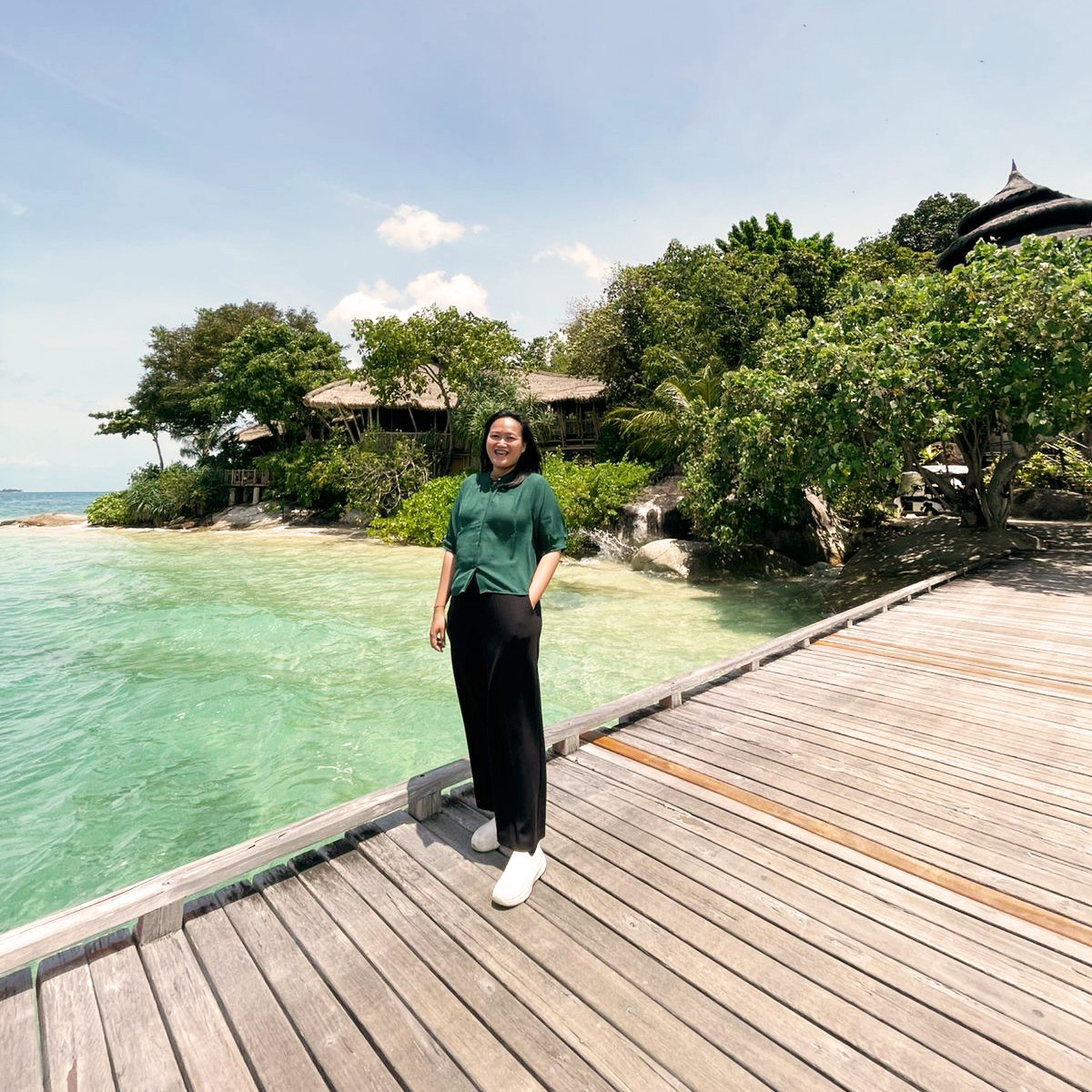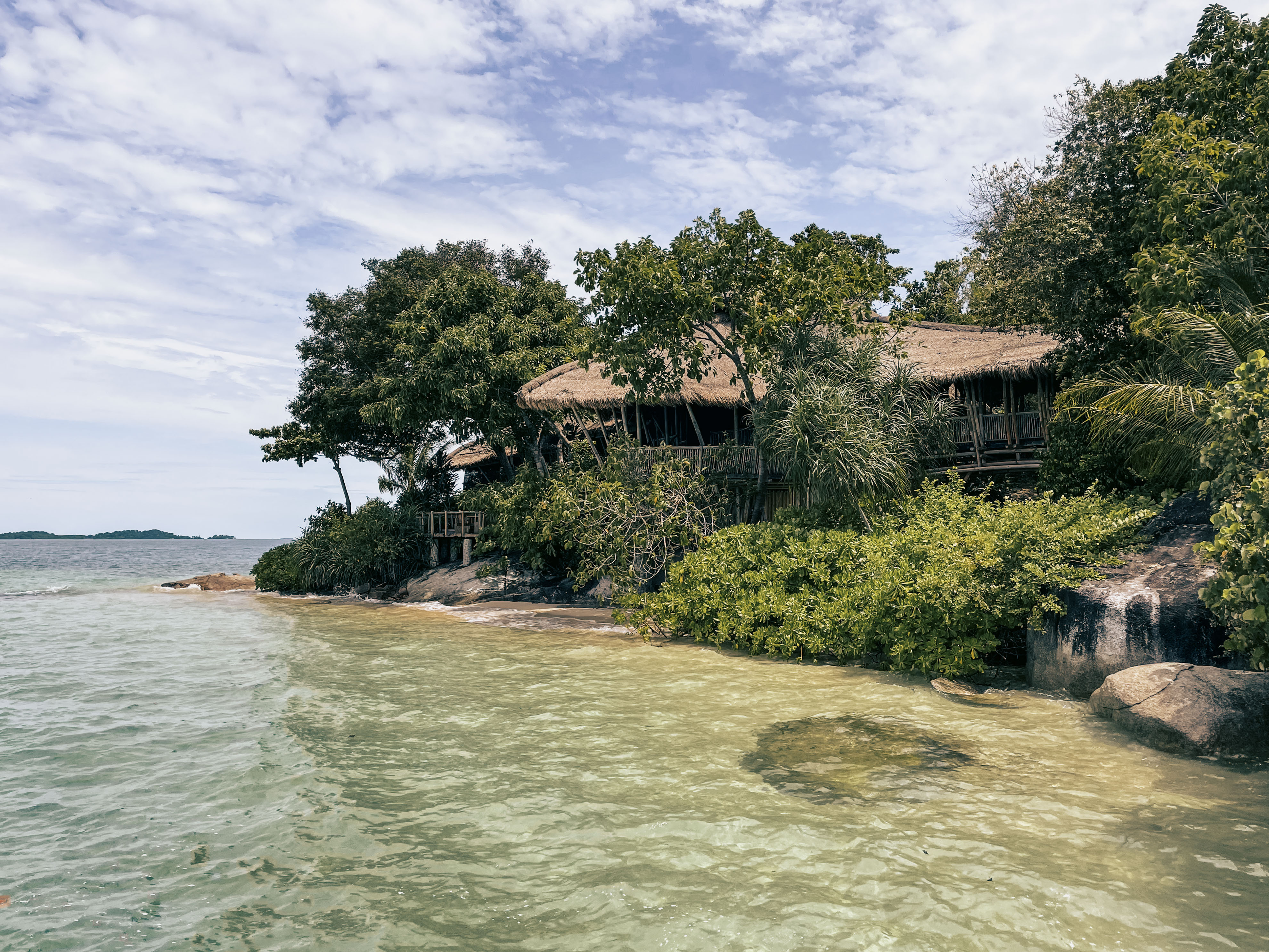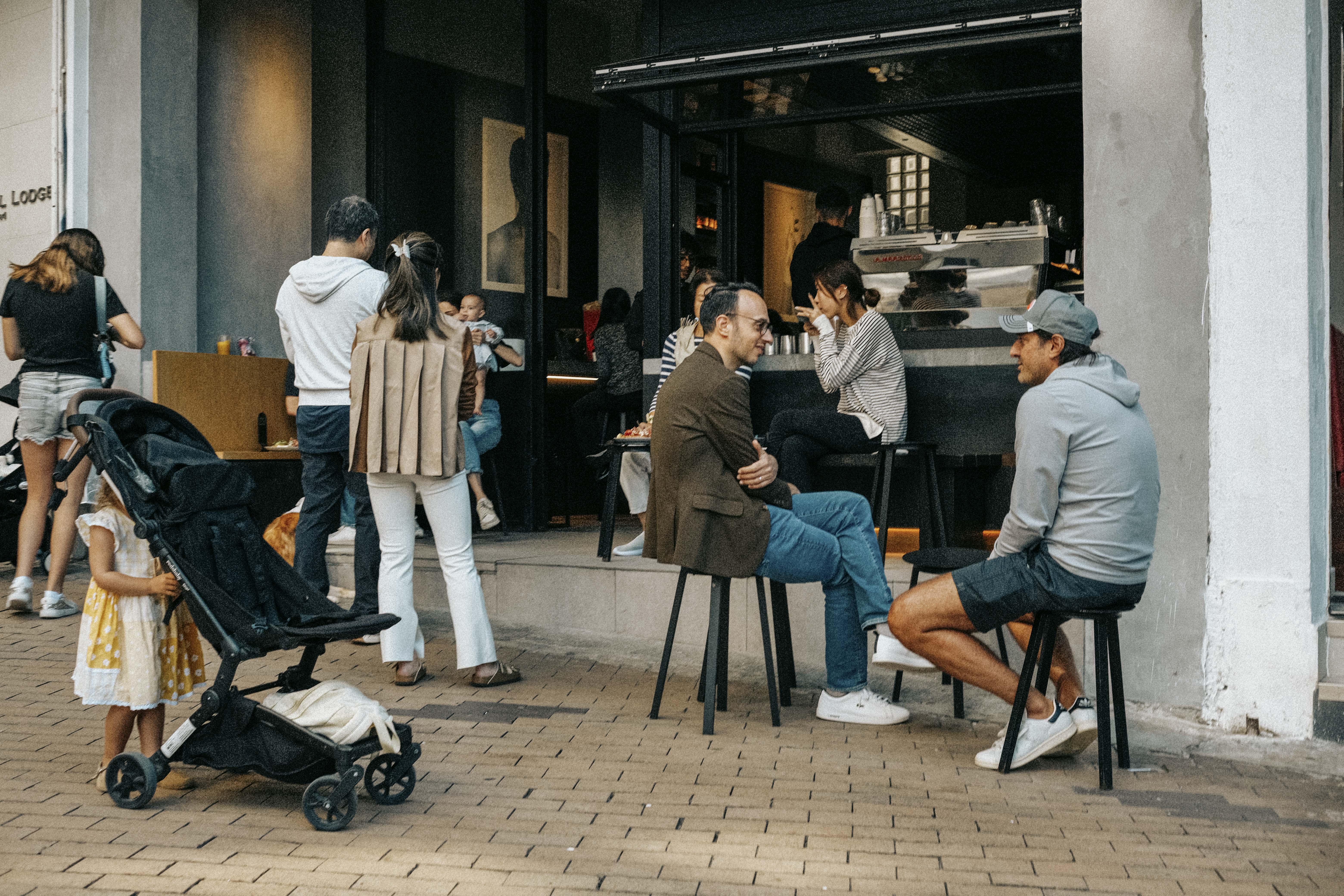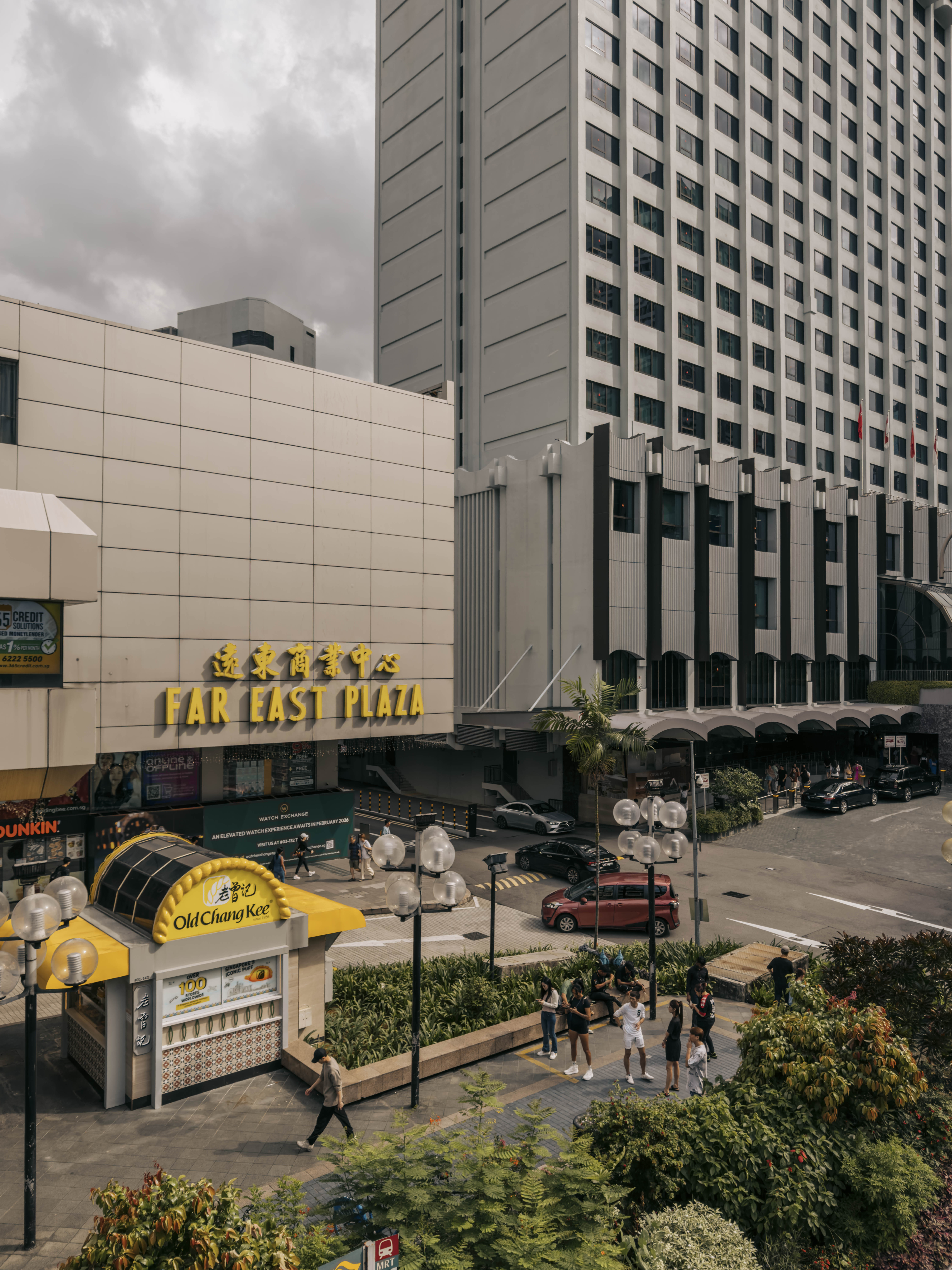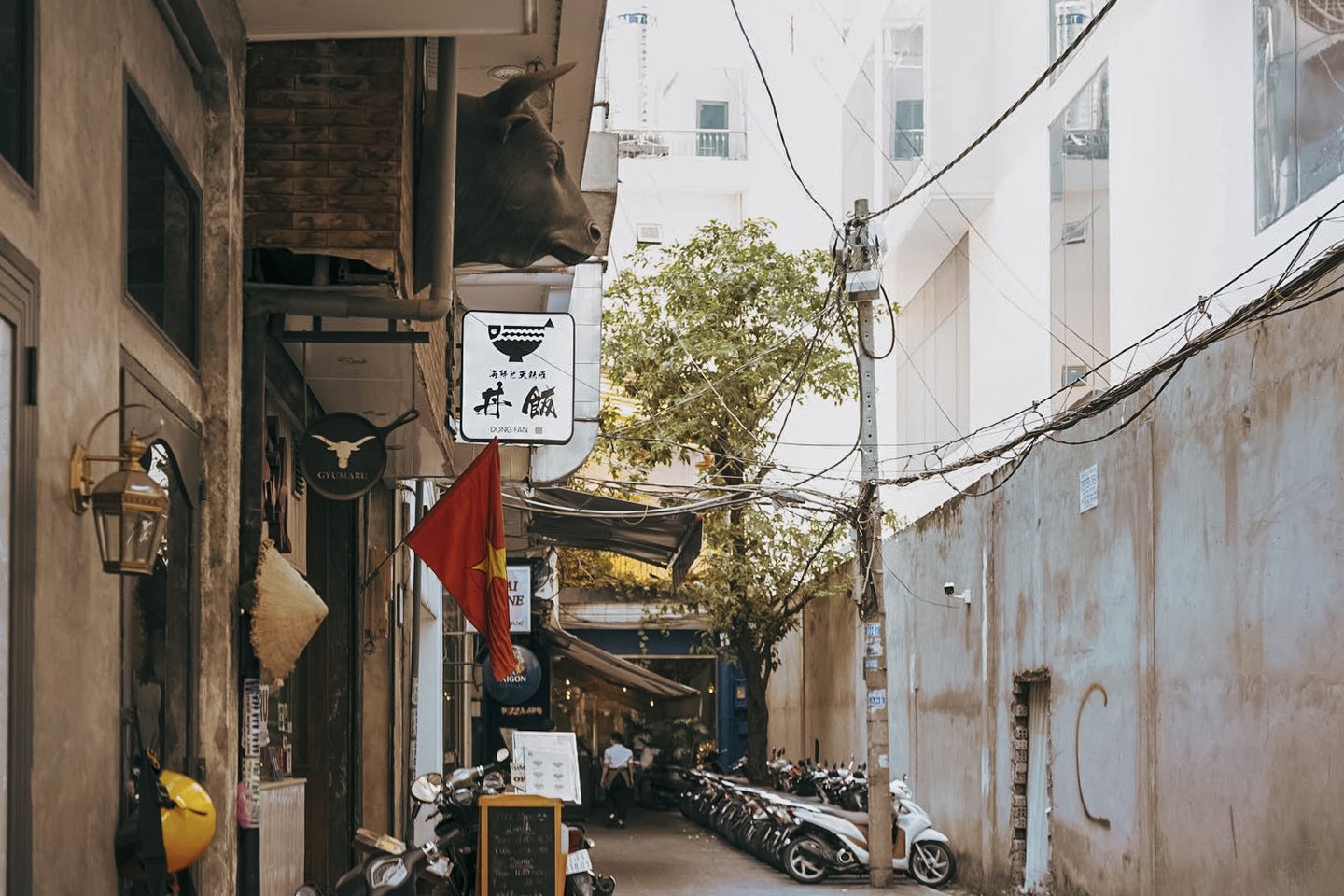Singapore isn’t a place that’s typically associated with languid mornings, meandering afternoons, or long conversations over tea. We’re the city that gets things done. We move fast, build fast; we even eat fast. And visitors recognise this, homing in on quick hawker meals, skyline snapshots, and 48-hour itineraries packed to the brim.
✦
I don’t know if it would have stayed that way if the pandemic hadn’t happened. But in recent years, things have changed. A more mindful version of Singapore is taking shape – driven by evolving values around work, wellbeing, and community. People are asking: What if life didn’t run so fast? What if wellbeing and community mattered just as much as efficiency?
Meanwhile, city planners and cultural agencies are on board. Organisations like the Urban Redevelopment Authority and DesignSingapore Council are increasingly backing projects focused on community-centric design. And consumer behaviour is shifting towards a more sustainable consciousness.
Together, these forces are fuelling a new kind of local culture, one that prioritises connection over consumption, and emotional texture over glossy spectacle.
The result is a growing crop of community-led, creatively-inclined spaces that offer locals and travellers something different: a chance to experience Singapore not at full speed, but up close and personal.
Photos: Lauryn Ishak
I first noticed the shift while wandering through New Bahru, a former school in the River Valley neighbourhood that was transformed in 2024 by a local hospitality group into a lifestyle enclave. Unlike the shiny makeovers that Singapore excels in, it feels like a thoughtful reimagining of what a communal space.
The old classrooms have been turned into small shops, studios, and cafes, each retaining the straightforward feel of a school setting but repurposed so that creativity and community can blossom.
Here, you can browse a curated selection of local fashion labels, peek into an artisanal leather studio where the smell of fresh hides mingles with the scent of brewing coffee, and grab some seriously good tacos. Or just sit on the steps doing absolutely nothing, and no one will ask you to move along.
New Bahru is a welcome complement to the version of Singapore that’s often projected abroad: futuristic, fast-moving, flashy. That version isn’t wrong, but it’s not the whole story.
Photos: Lauryn Ishak
I’ve found similar energy at 195 Pearl’s Hill Terrace, a slightly scruffy but quietly vibrant creative hub near Chinatown. The building used to be a police barracks, and its scuffed corridors and sun-faded stairwells still tell that story. But today, those old bones house a rotating mix of independent studios, galleries, and small businesses.
On any given day, you might stumble across a painting workshop, an experimental art pop-up, or a session by Stranger Conversations, a platform that gathers small groups for productive, honest dialogue.
There’s no fanfare or giant LED signs, just the kind of collaborative buzz that reminds you cities aren’t made of infrastructure, but of people.
At Art Nooq, an art jamming studio where zero art skills are totally welcome, I managed to paint at my own pace, pressure-free – something that’s rare in a city that typically moves at a million miles an hour.
Photos: Nicole Chan, Lauryn Ishak
Elsewhere, Kada is blending retail, food, and conversation in a restored shophouse in the Maxwell area near Chinatown. And until recently, there was The Projector, Singapore’s go-to indie cinema and a hub of local culture. Past screenings included local classics like 881, which captures the city’s vibrant Ghost Festival performances, and newer hits like A Land Imagined, an award-winning film about migrant workers that took top honors at the Locarno Film Festival.
What I love is that many of these places are being both built and frequented by younger Singaporeans, especially those who have studied or worked overseas and want to bring back the kind of spaces they once searched for in other cities.
They’re not a replacement for the city’s more iconic experiences. But they’re much needed portals into another side of the city – one where you don’t have to see, do or buy it all.
So the next time you’re in Singapore, leave room in your itinerary to seek them out. Chances are, you’ll find something that speaks volumes to you through the quiet.











